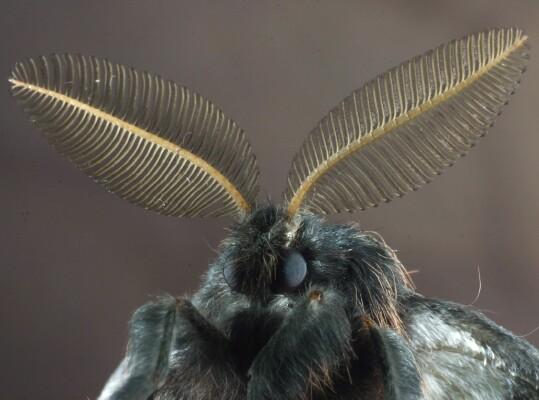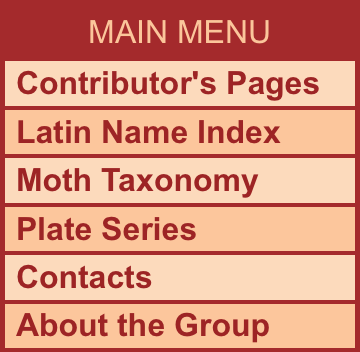Jillian Cowles's Moths of the Vail, Arizona area


 I've been building a photographic database of plants and animals near my home (southeast of Tucson, AZ, near Colossal Cave Mountain Park and Cienega Creek Preserve). With 18,000 pictures the database is starting to take form. I've logged about 350 species of plants, 600 arthropods, and a scattering of vertebrates. Much of my free time is spent searching through the University of Arizona entomology collections and the UA Herbarium to identify specimens. My kitchen counter is covered with terraria housing immature insects to be raised through maturity, my library is overflowing bookshelves in several rooms, and I suspect this is only the beginning.
I've been building a photographic database of plants and animals near my home (southeast of Tucson, AZ, near Colossal Cave Mountain Park and Cienega Creek Preserve). With 18,000 pictures the database is starting to take form. I've logged about 350 species of plants, 600 arthropods, and a scattering of vertebrates. Much of my free time is spent searching through the University of Arizona entomology collections and the UA Herbarium to identify specimens. My kitchen counter is covered with terraria housing immature insects to be raised through maturity, my library is overflowing bookshelves in several rooms, and I suspect this is only the beginning.
My camera is a Canon EOS Rebel (6.5 megapixel), but I'm hoping to upgrade to a newer EOS, probably the current 10.1 megapixel. My favorite lenses are a 50mm compact macro and a Canon MP-E 65mm 1 - 5x macro lens. The 50mm is often supplemented with extension tubes for close-ups. When natural lighting isn't adequate I generally use a ring flash. When possible I try to photograph in situ, but some arachnids and insects end up in a make-shift studio on my laundry table. In the field I do not use a tripod, preferring to anticipate and track insect movement by hand. Biggest challenge so far in photographing moths at night is trying to get enough light on them for focusing without causing them to fly away.
All photographs © 2007 by
Jillian Cowles
|





